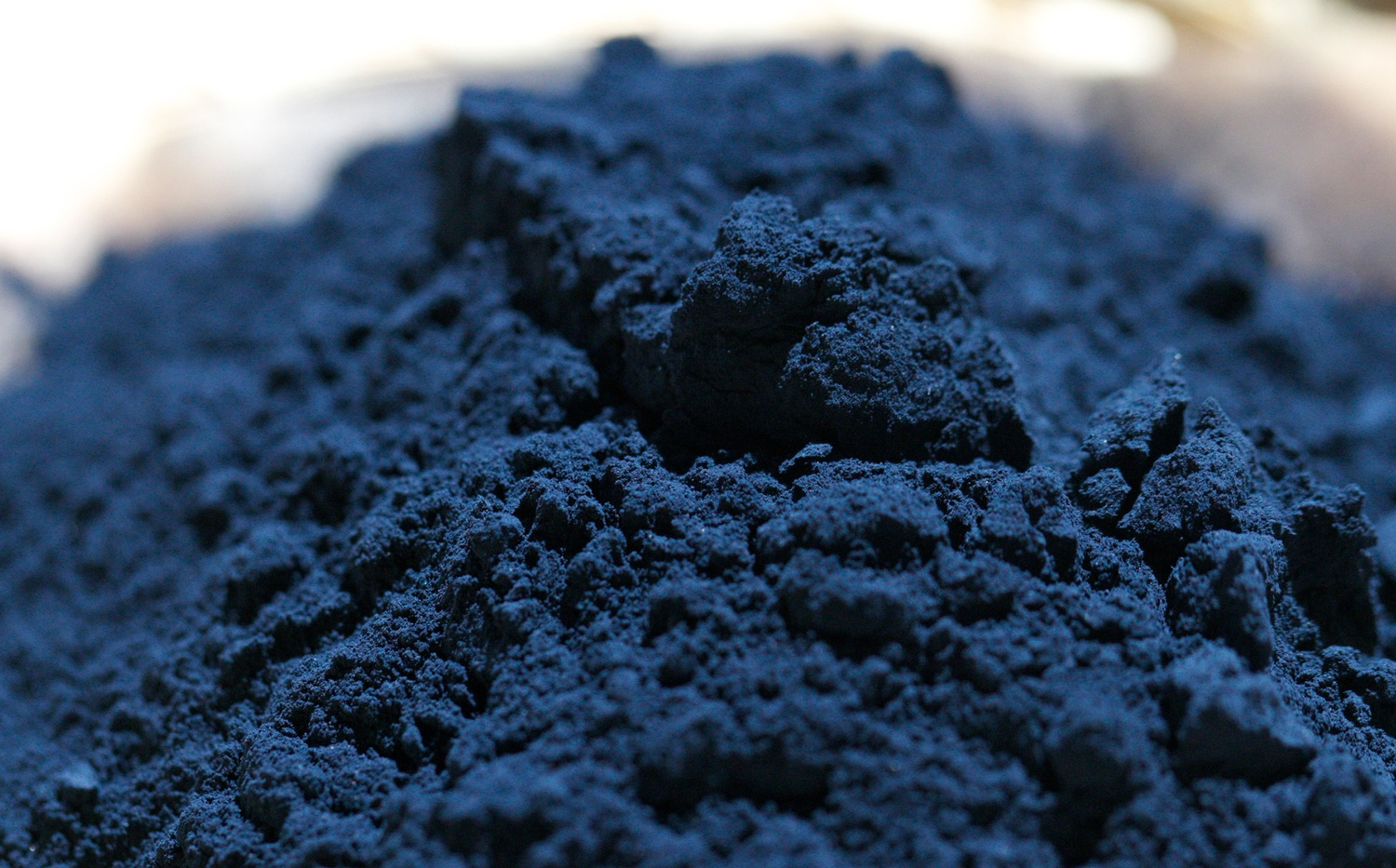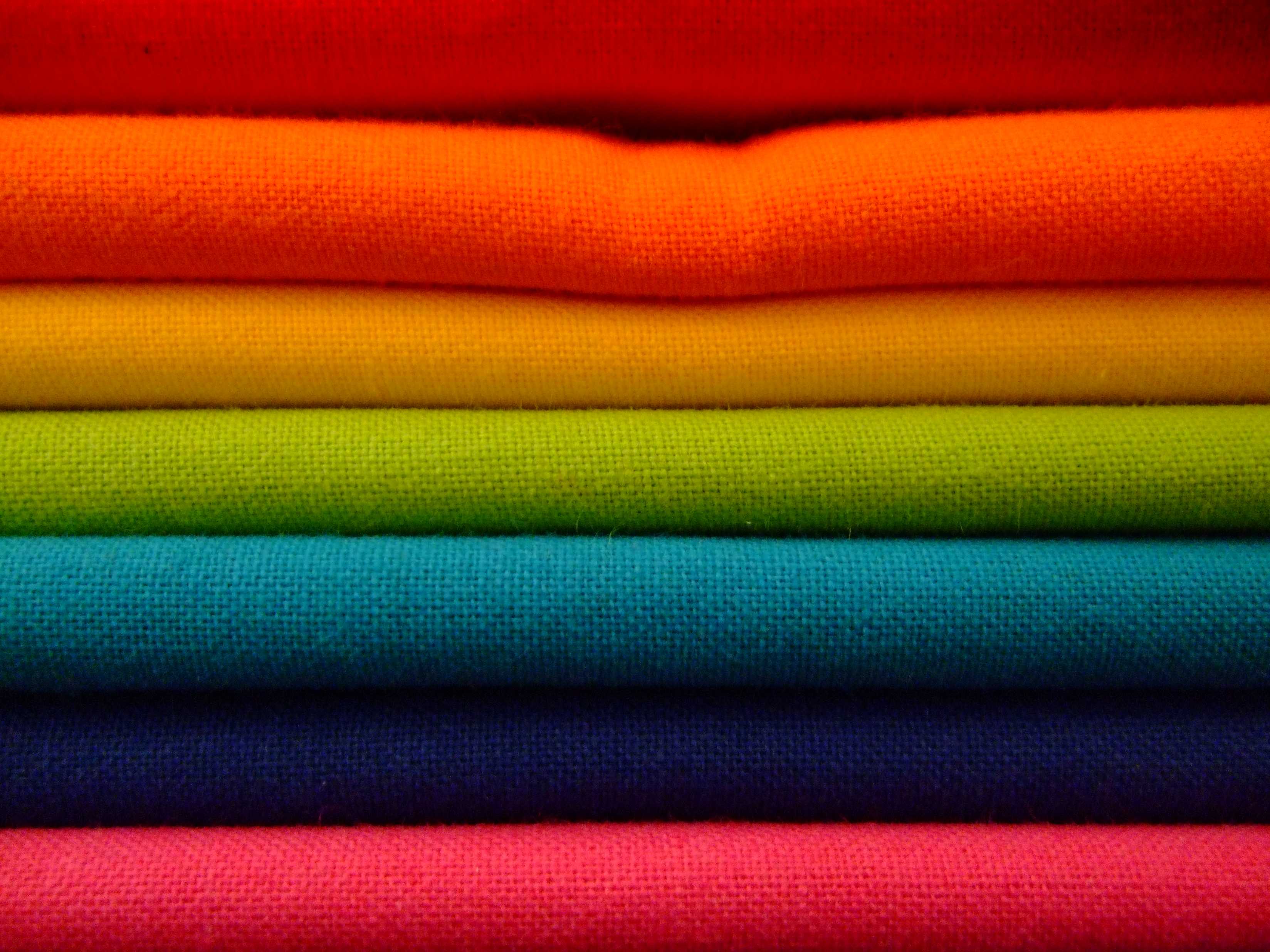Table of Contents
- Intip Sinopsis hingga Fakta Menarik Film Indigo! - Blibli Friends
- For the first time ever, IndiGo expands across the Atlantic with new ...
- इस मामले में IndiGo ने यूनाइटेड एयरलाइंस को पछाड़ा, बना छठा सबसे बड़ा ...
- Fair Indigo brings sustainable business practices to Madison – The ...
- Indigo co-branded credit cards from HDFC and Kotak or BluChip loyalty ...
- Indigo co-branded credit cards from HDFC and Kotak or BluChip loyalty ...
- Indigo – Future Materials Bank
- IndiGo launches direct flights between Hyderabad and Colombo
- Indigo co-branded credit cards from HDFC and Kotak or BluChip loyalty ...
- IndiGo’s Move to Capture Global Travelers - India Report

Indigo, a vibrant blue dye, has been a prized commodity for centuries, with its rich history and multifaceted uses spanning across various cultures and industries. From its origins as a natural dye plant to its modern applications in textiles, art, and medicine, indigo has proven to be a treasure trove of possibilities. In this article, we will delve into the world of indigo, exploring its dye plants, natural pigments, and medicinal uses, as well as its significance in history and its potential for future innovation.


Indigo Dye Plants: A Natural Source of Color

Indigo dye plants, such as Indigofera tinctoria and Isatis tinctoria, have been cultivated for thousands of years, with the ancient civilizations of Egypt, China, and India highly valuing the vibrant blue pigment extracted from their leaves. The process of harvesting and processing indigo plants to produce the dye is labor-intensive, involving fermentation, drying, and grinding, but the resulting color is unparalleled in its depth and richness. Today, indigo dye plants continue to be used in traditional textile production, with many artisans and craftspeople around the world preserving the ancient techniques and methods of indigo dyeing.


Natural Pigments: The Science Behind Indigo's Unique Color

The unique color of indigo is due to the presence of a group of compounds called indigoids, which are responsible for the pigment's characteristic blue hue. The most common indigoid, indigotin, is a complex molecule that is produced through the fermentation of indigo plant leaves. The chemistry behind indigo's color is fascinating, with the pigment's ability to absorb and reflect light in a specific way resulting in its distinctive blue appearance. Researchers continue to study the properties of indigo and its potential applications in fields such as materials science and biotechnology.


Medicinal Uses: The Health Benefits of Indigo
Indigo has been used for centuries in traditional medicine, with its leaves, roots, and seeds being used to treat a range of ailments, from fever and rheumatism to skin conditions and digestive issues. Modern research has confirmed the medicinal properties of indigo, with studies showing that the plant contains compounds with anti-inflammatory, antimicrobial, and antioxidant properties. Indigo has also been shown to have potential in the treatment of certain types of cancer, with its ability to inhibit the growth of cancer cells and induce apoptosis (cell death). As research into the medicinal uses of indigo continues, it is likely that new and innovative applications for this natural treasure will emerge.

Conclusion: The Future of Indigo
Indigo is a natural treasure trove of possibilities, with its rich history, vibrant color, and medicinal properties making it a valuable resource for a range of industries and applications. From its origins as a natural dye plant to its modern uses in textiles, art, and medicine, indigo continues to inspire and fascinate people around the world. As we look to the future, it is likely that indigo will play an increasingly important role in the development of sustainable and innovative technologies, from eco-friendly textiles to new medicines and treatments. Whether you are an artisan, a researcher, or simply someone who appreciates the beauty of nature, indigo is a treasure worth exploring and preserving for generations to come.
Keyword: indigo, natural dye, medicinal uses, textile, art, history, innovation, sustainability.